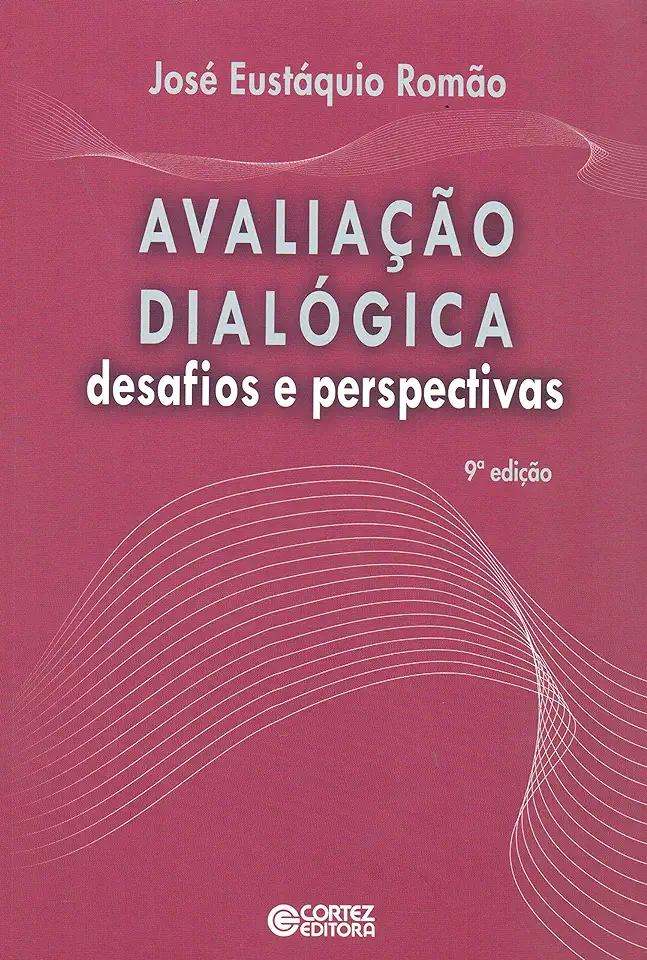
Dialogic Assessment - Challenges and Perspectives - José Eustáquio Romão
Dialogic Assessment: Challenges and Perspectives
Introduction
In "Dialogic Assessment: Challenges and Perspectives," José Eustáquio Romão presents a comprehensive exploration of the theory and practice of dialogic assessment. Drawing on extensive research and real-world examples, Romão argues that dialogic assessment is a powerful tool for improving student learning and empowering educators.
Key Concepts
Romão begins by defining dialogic assessment as "a process of interaction between teachers and students in which they engage in a dialogue about the student's learning." He contrasts this with traditional assessment methods, which are often based on one-way communication from the teacher to the student.
Romão identifies three key principles of dialogic assessment:
- Reciprocity: The teacher and student are equal partners in the assessment process.
- Collaboration: The teacher and student work together to identify the student's strengths and weaknesses.
- Authenticity: The assessment tasks are relevant to the student's real-world experiences.
Benefits of Dialogic Assessment
Romão argues that dialogic assessment has a number of benefits over traditional assessment methods. These benefits include:
- Improved student learning: Dialogic assessment helps students to identify their strengths and weaknesses and to develop strategies for improving their learning.
- Empowered educators: Dialogic assessment gives educators the tools they need to provide students with feedback that is both meaningful and actionable.
- More equitable classrooms: Dialogic assessment can help to reduce the achievement gap between students from different backgrounds.
Challenges of Dialogic Assessment
Romão also acknowledges the challenges of implementing dialogic assessment. These challenges include:
- Time constraints: Dialogic assessment can be more time-consuming than traditional assessment methods.
- Resistance to change: Some teachers may be resistant to changing their assessment practices.
- Lack of training: Many teachers have not received training in dialogic assessment.
Overcoming the Challenges
Romão offers a number of strategies for overcoming the challenges of dialogic assessment. These strategies include:
- Start small: Begin by implementing dialogic assessment in a small way, such as with a single class or subject.
- Get training: There are a number of resources available to help teachers learn about dialogic assessment.
- Be patient: It takes time to change assessment practices. Be patient with yourself and your students as you learn and grow.
Conclusion
"Dialogic Assessment: Challenges and Perspectives" is a valuable resource for educators who are interested in improving student learning and empowering themselves. Romão provides a clear and concise explanation of dialogic assessment, and he offers a number of practical strategies for implementing it in the classroom. This book is a must-read for anyone who wants to create a more dialogic and equitable classroom.
Call to Action
If you are interested in learning more about dialogic assessment, I encourage you to read "Dialogic Assessment: Challenges and Perspectives" by José Eustáquio Romão. This book will provide you with the knowledge and tools you need to implement dialogic assessment in your own classroom.